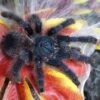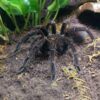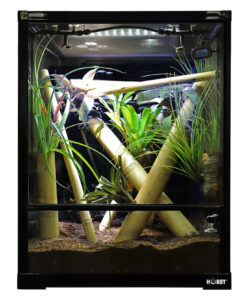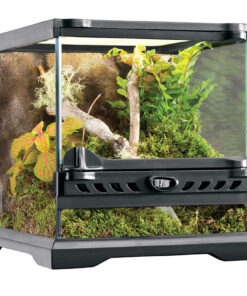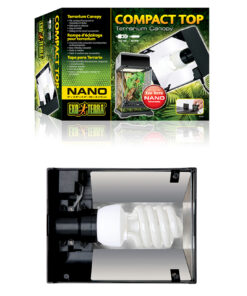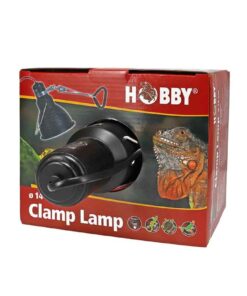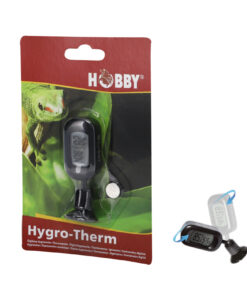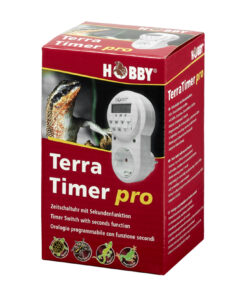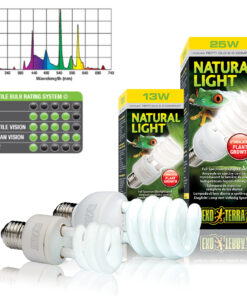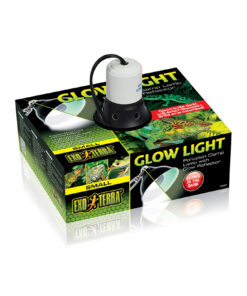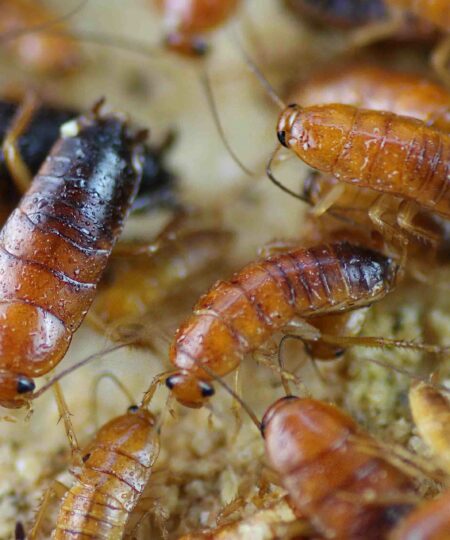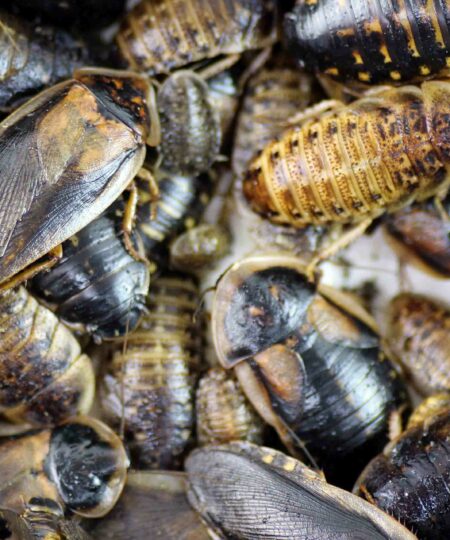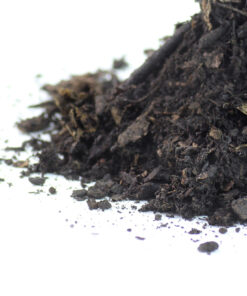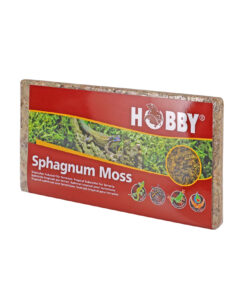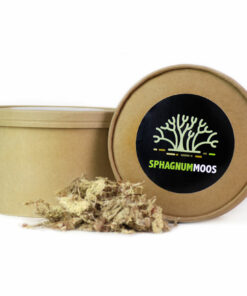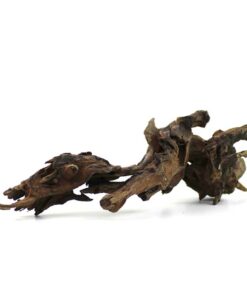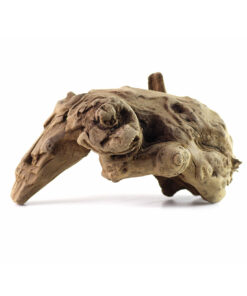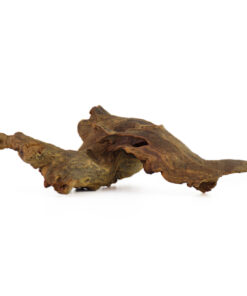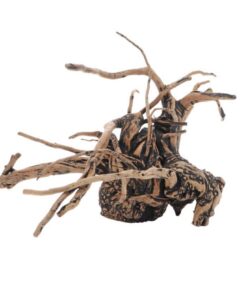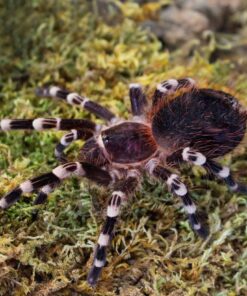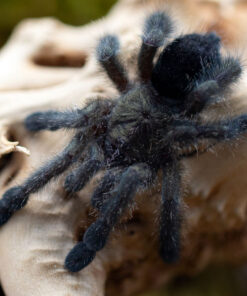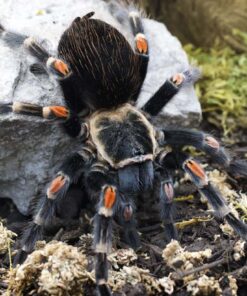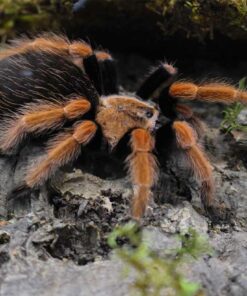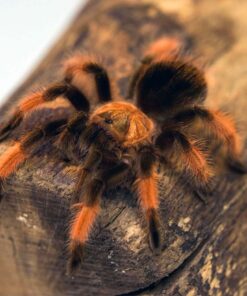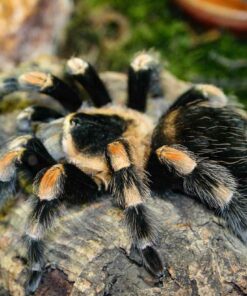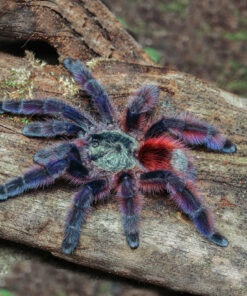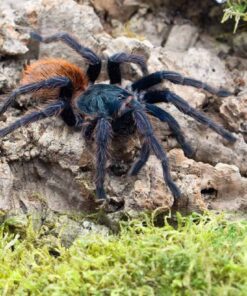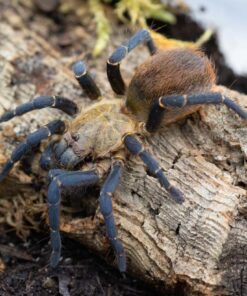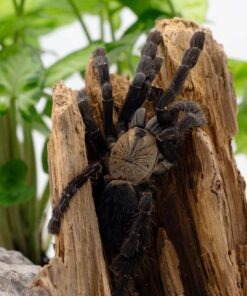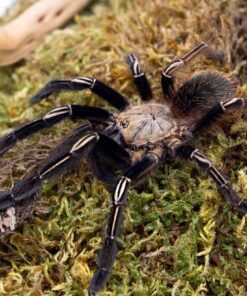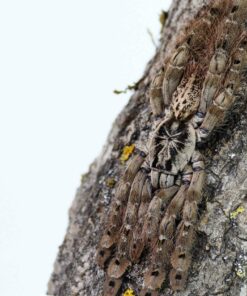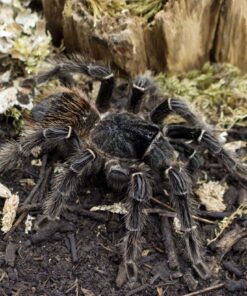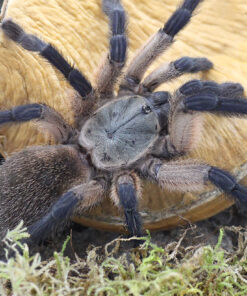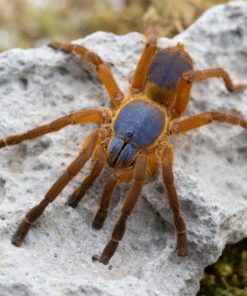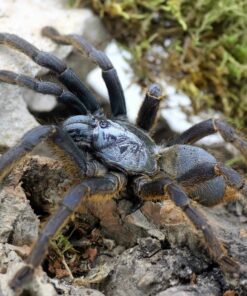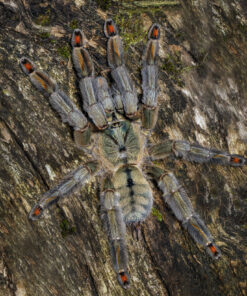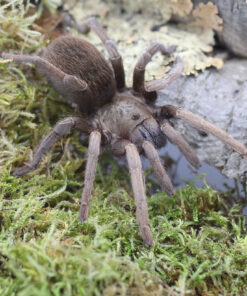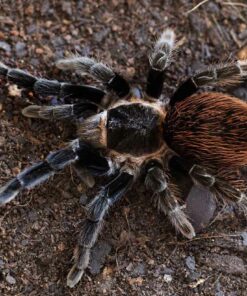Thrixopelma pruriens
12,50 € Incl. VAT plus shipping
Out of stock
Benachrichtige mich, wenn verfügbar
SKU: 417
Categories: All Spiders, Tarantulas

Easy

Peru

7 CM

24-27 °C
Short description Thrixopelma pruriens:
Thrixopelma pruriens is visually a very appealing tarantula. The carapace/prosoma (front body) has a shiny olive-green to golden colour and contrasts nicely with the red hairs found on the abdomen (abdomen).
The terrarium for an adult Thrixopelma pruriens should be at least 40 × 30 × 30 cm. Juvenile spiders are best kept in escape-proof boxes. From FH5 onwards you can put the juvenile spiders into their final terrarium and before that check the terrarium again carefully for cable slits and general offers to break out. With this species you should pay more attention to the floor space and not so much to the height, as Thrixopelma pruriens do not climb.
Actually, the opposite is more the case. They like to dig burrows and therefore you should offer this species a substrate height of at least 10 cm. They like to dig their burrow under a cork bark or root, which you can offer as decoration. The substrate should be moist in one half of the terrarium and dry in the other. In other words, only moisten one side at a time to achieve a humidity of 60-70%. Plants also provide a good climate and help to avoid waterlogging.

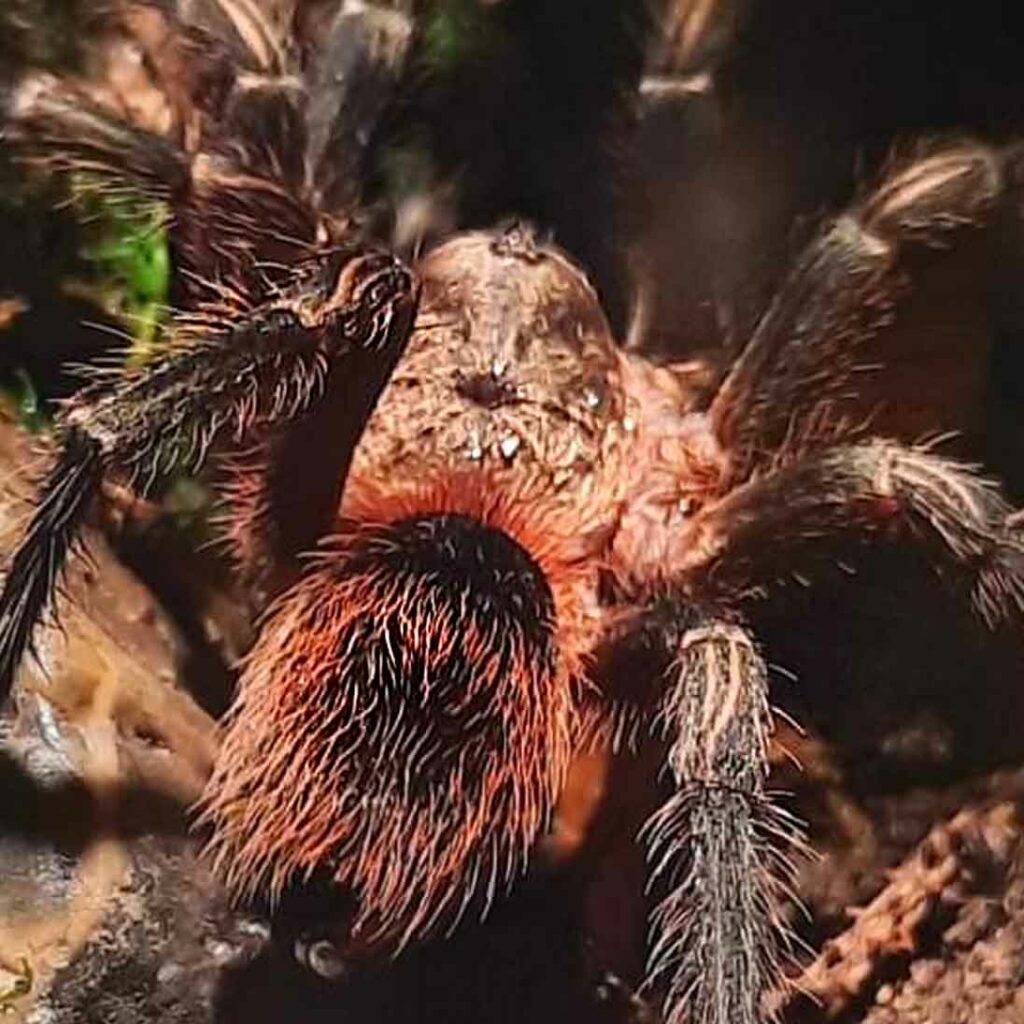
A water bowl should also not be missing with this species. They not only take water from the bowl, but also like to use it as a toilet. For many this is incomprehensible, clearly who does their business in their drinking bowl? And this is not only the case with Thrixopelma pruriens, but generally with many ground-dwelling tarantulas. For tarantulas, water also means disposal, as they start from a flowing body of water. Not infrequently, they also transport their skin to the water bowl after moulting.
Thrixopelma pruriens sits in their burrow during the day and comes out in the evening to look for food or to take in water. This behaviour can be considered normal once the animal has settled in. As soon as it is almost restless during the day, something is wrong with your husbandry and you should check all parameters again.
This species is uncomplicated to keep and will greedily eat any food. Therefore this species grows fast and you will have an interesting and large tarantula in your terrarium very quickly.
Current size: FH2/FH3
Hatching date: 07/2022
Essentials for Thrixopelma pruriens:
-34%
79,99 € – 159,00 € Incl. VAT plus shipping
-18%
50,49 € – 132,99 € Incl. VAT plus shipping
-11%
26,49 € – 44,49 € Incl. VAT plus shipping
-22%
19,99 € – 22,99 € Incl. VAT plus shipping
-30%
5,99 € Incl. VAT plus shipping
-19%
-11%
22,99 € – 23,99 € Incl. VAT plus shipping
-10%
31,99 € – 46,99 € Incl. VAT plus shipping
-8%
4,99 € – 8,98 € Incl. VAT plus shipping
3,99 € – 29,99 € Incl. VAT plus shipping
2,00 € – 8,75 € Incl. VAT plus shipping
-26%
4,50 € Incl. VAT plus shipping
4,50 € – 5,50 € Incl. VAT plus shipping
3,50 € – 24,99 € Incl. VAT plus shipping
5,49 € Incl. VAT plus shipping
14,99 € Incl. VAT plus shipping
7,99 € Incl. VAT plus shipping
15,49 € Incl. VAT plus shipping

18,00 € – 65,00 € Incl. VAT plus shipping
69,00 € Incl. VAT plus shipping
48,00 € – 280,00 € Incl. VAT plus shipping
22,00 € – 120,00 € Incl. VAT plus shipping
30,00 € – 36,00 € Incl. VAT plus shipping
24,00 € – 135,00 € Incl. VAT plus shipping
-50%
18,00 € – 170,00 € Incl. VAT plus shipping
28,00 € – 110,00 € Incl. VAT plus shipping
79,00 € Incl. VAT plus shipping
16,00 € – 90,00 € Incl. VAT plus shipping
79,00 € Incl. VAT plus shipping
37,00 € Incl. VAT plus shipping
-13%
9,00 € – 150,00 € Incl. VAT plus shipping
45,00 € – 130,00 € Incl. VAT plus shipping
149,00 € Incl. VAT plus shipping
89,00 € Incl. VAT plus shipping
9,99 € Incl. VAT plus shipping
-20%
-40%
| Weight | 110 g |
|---|



